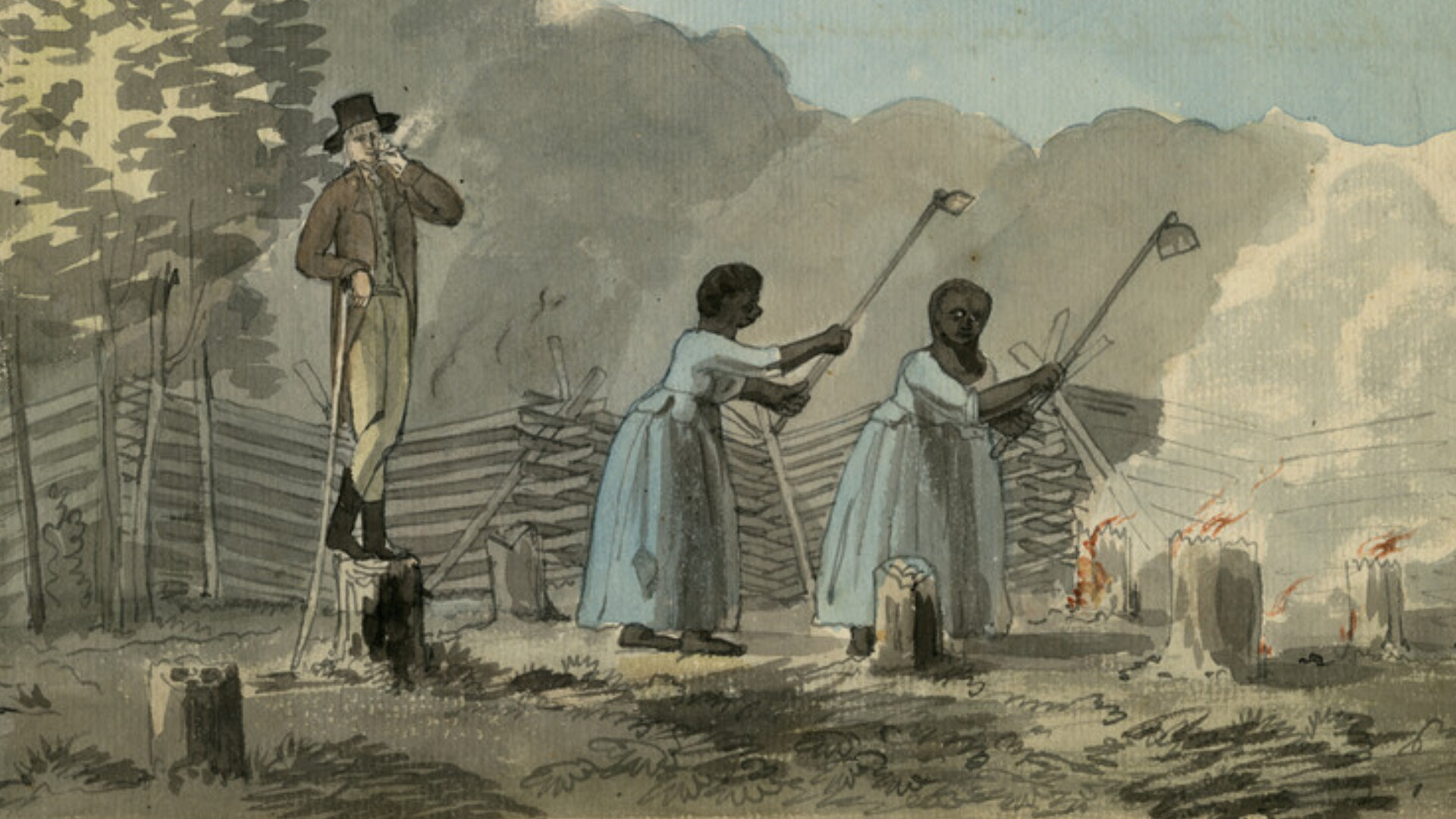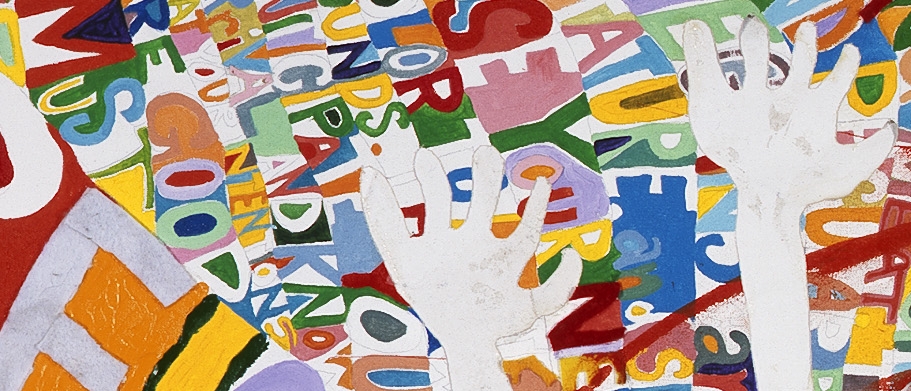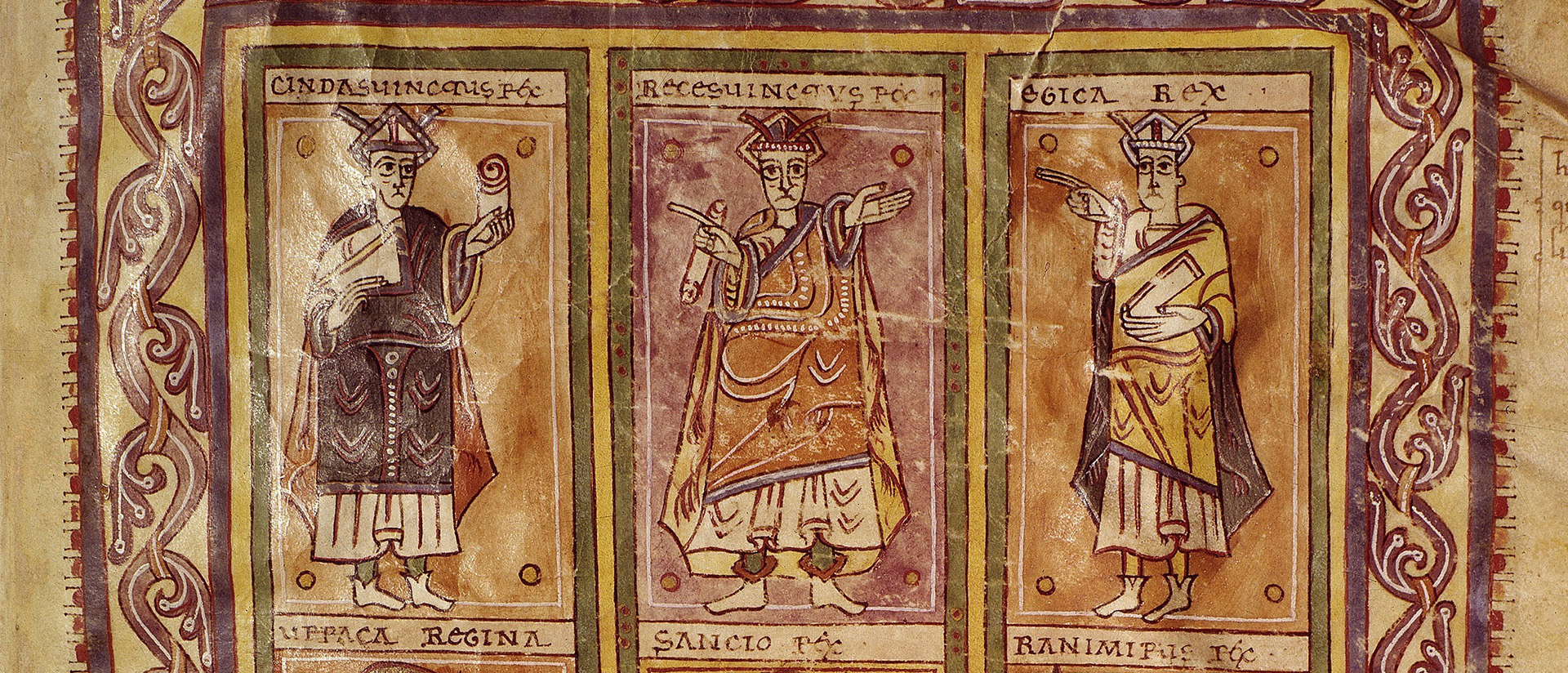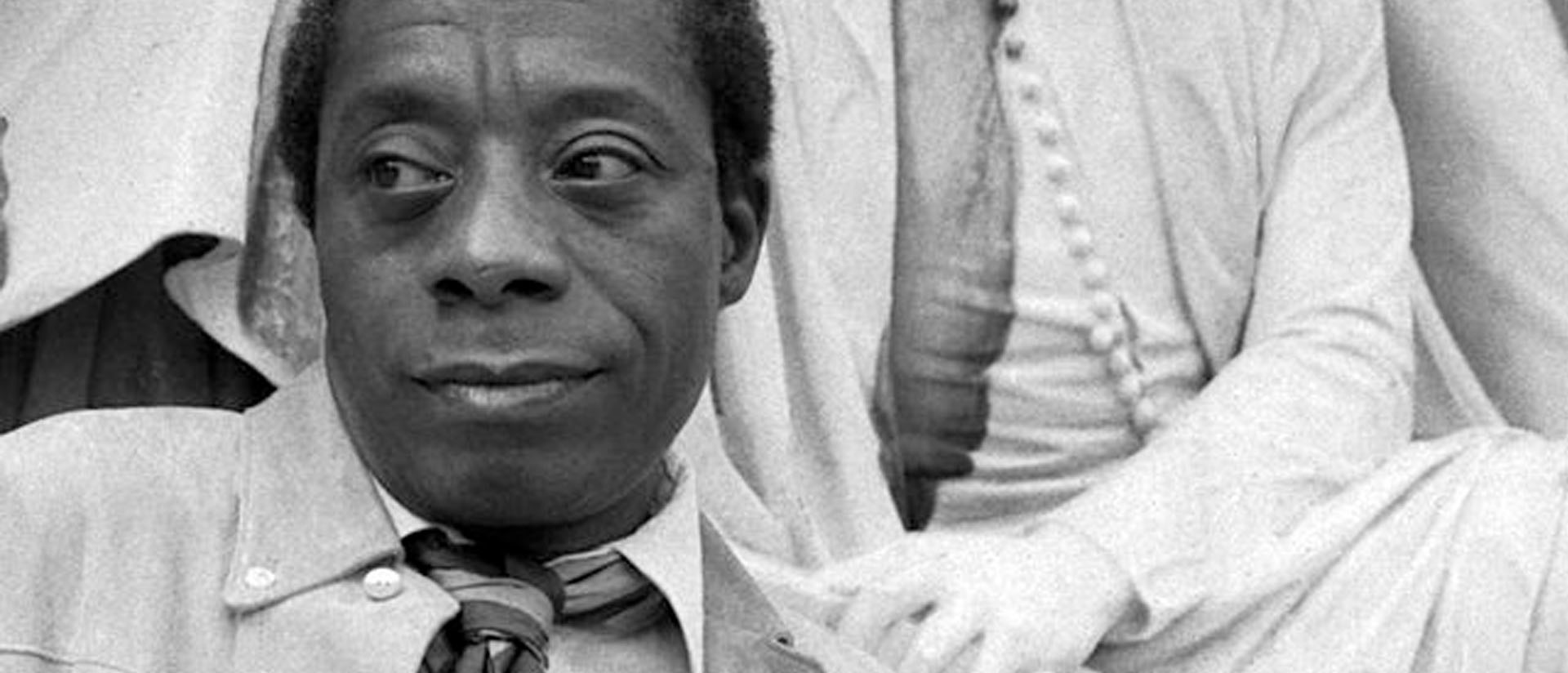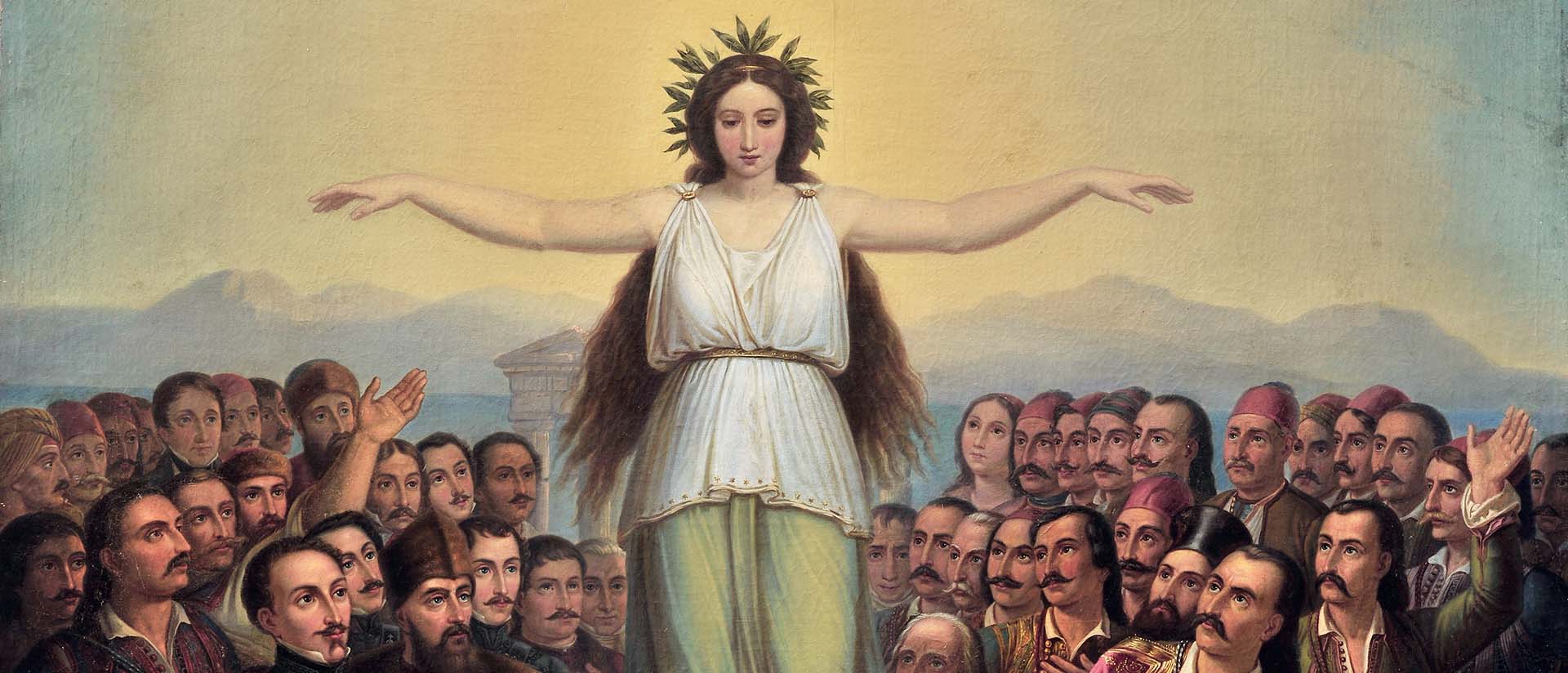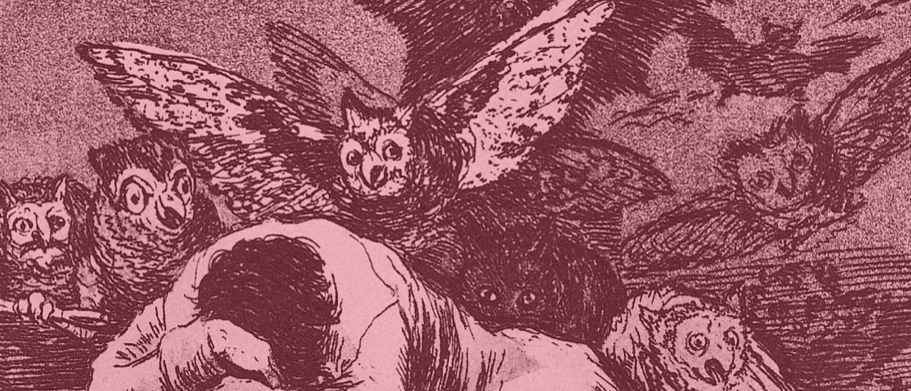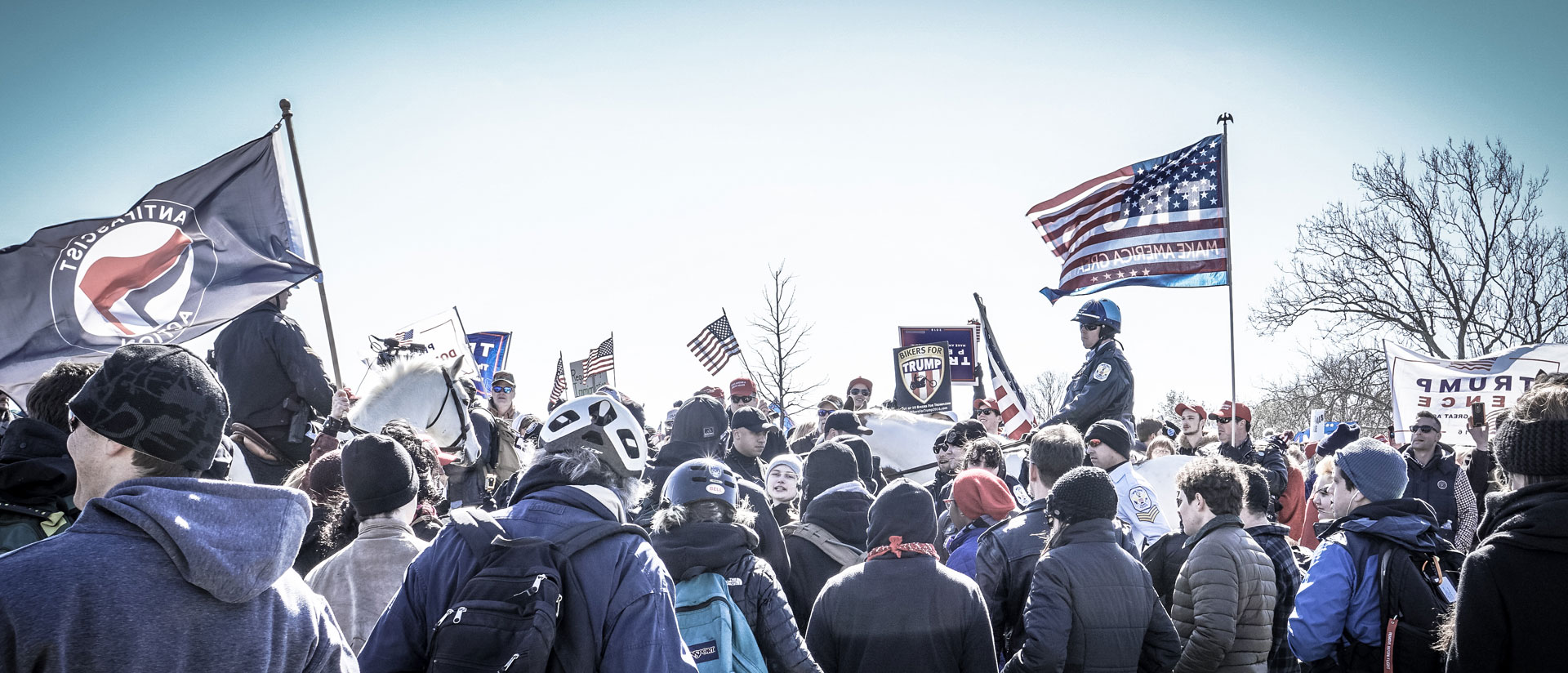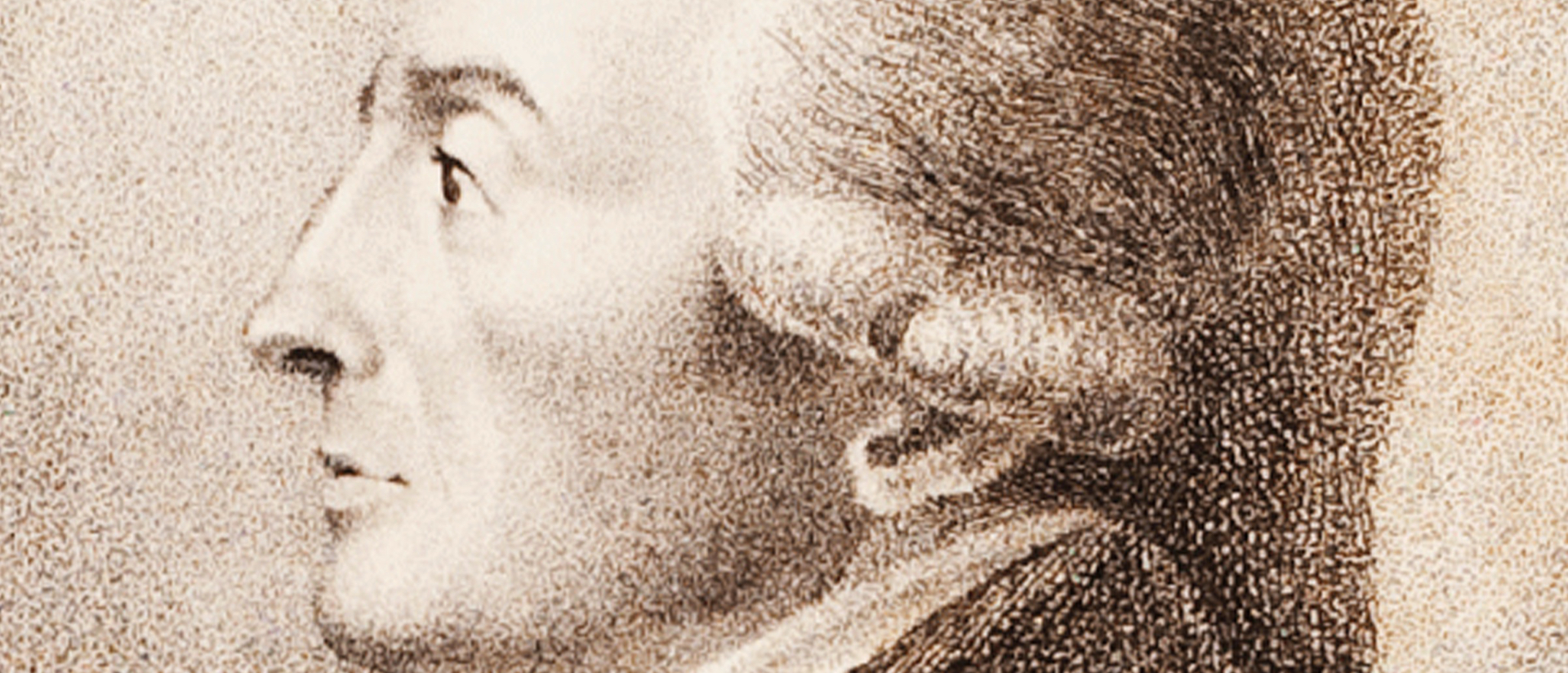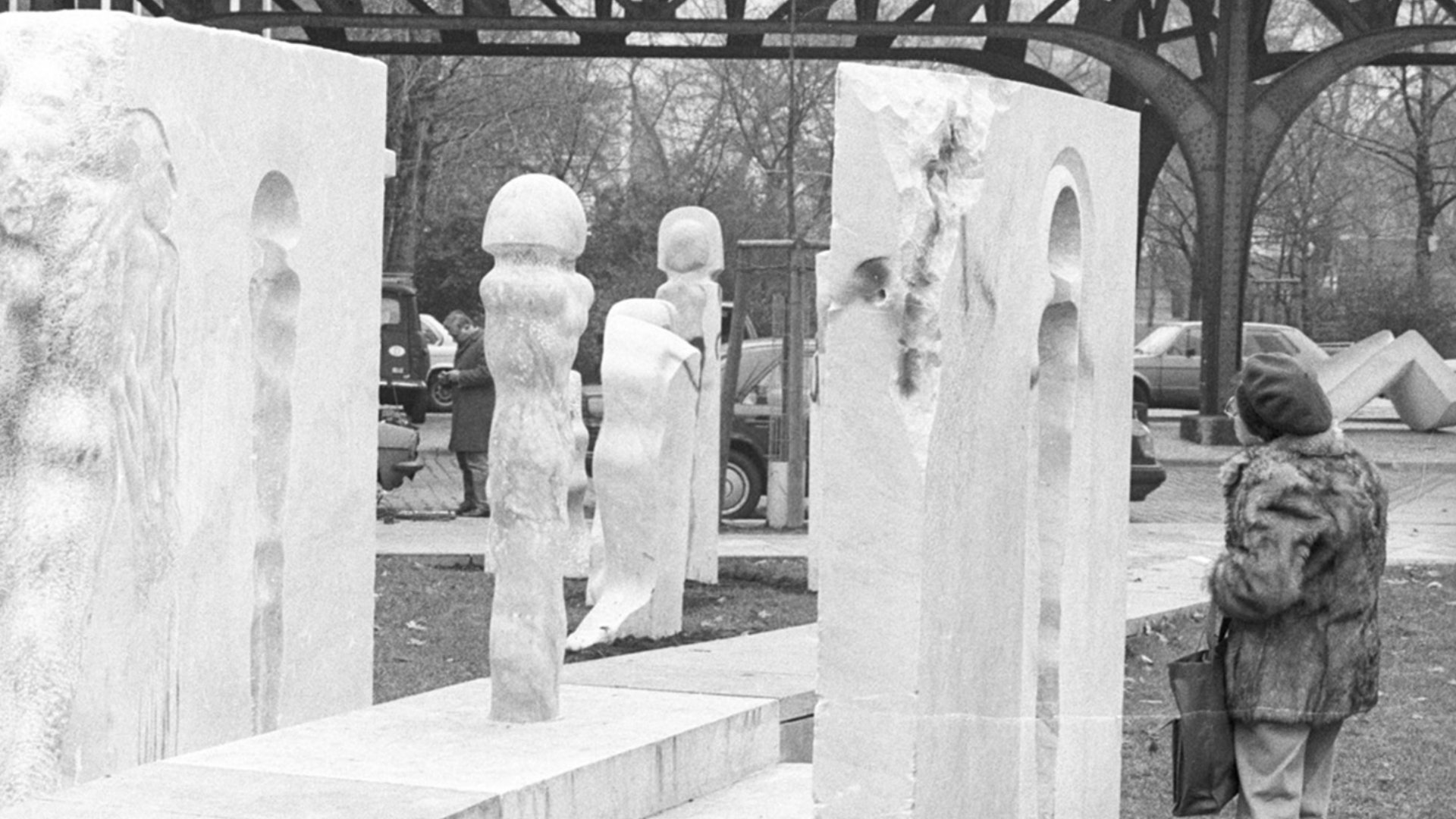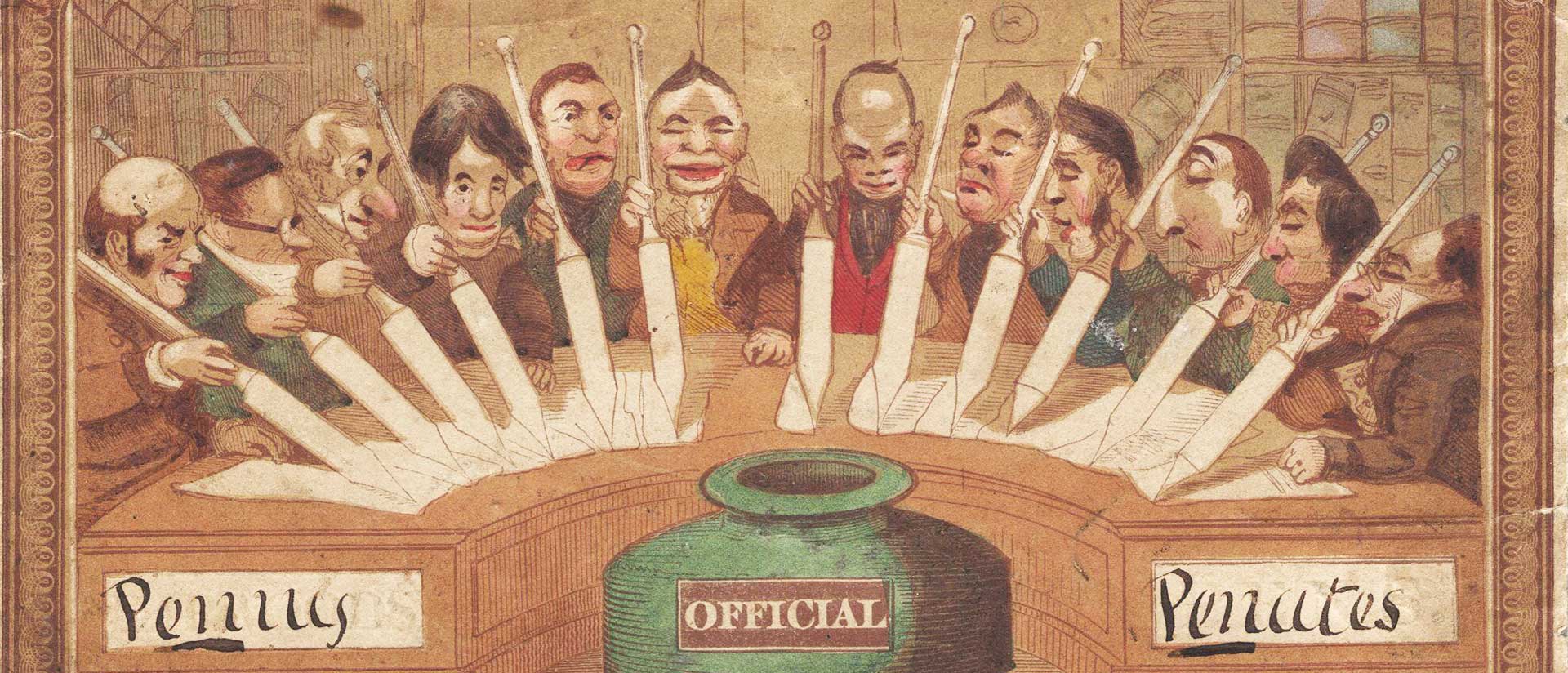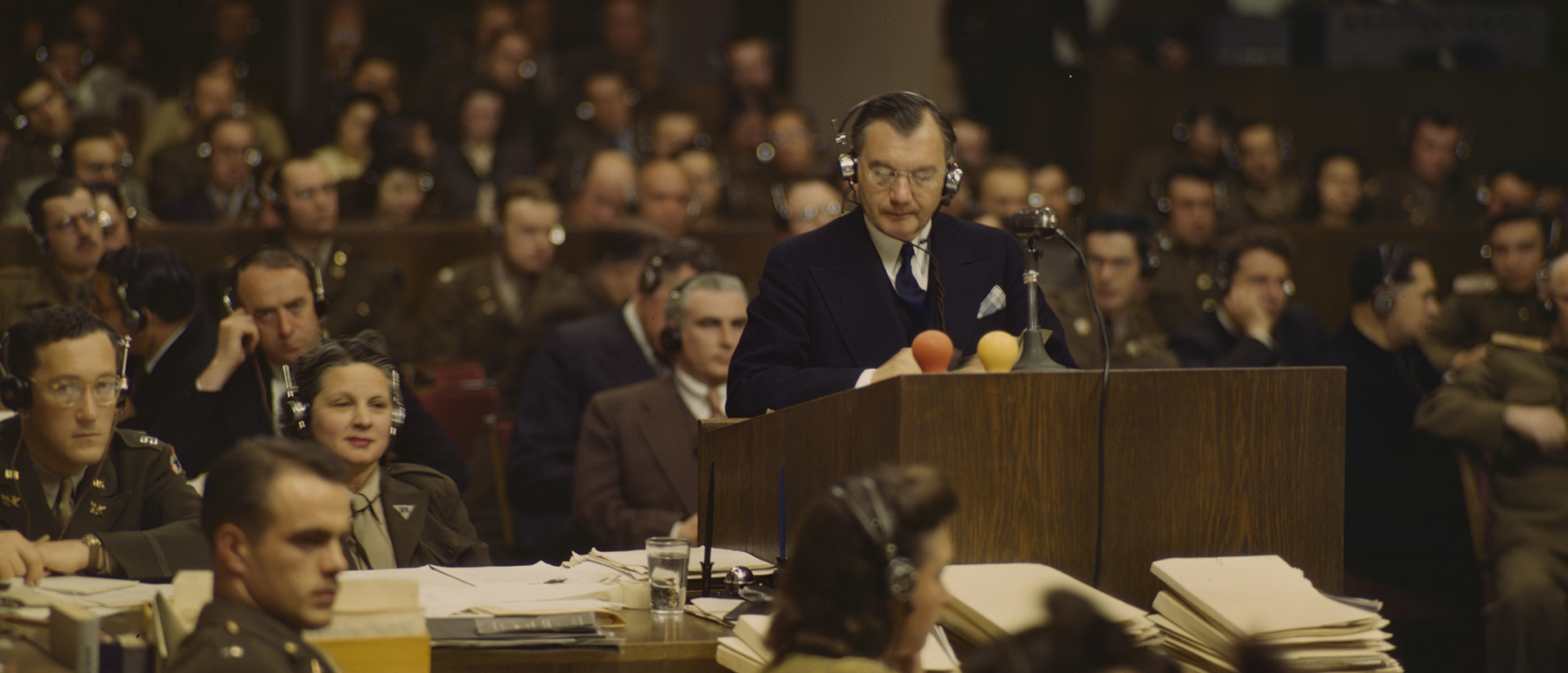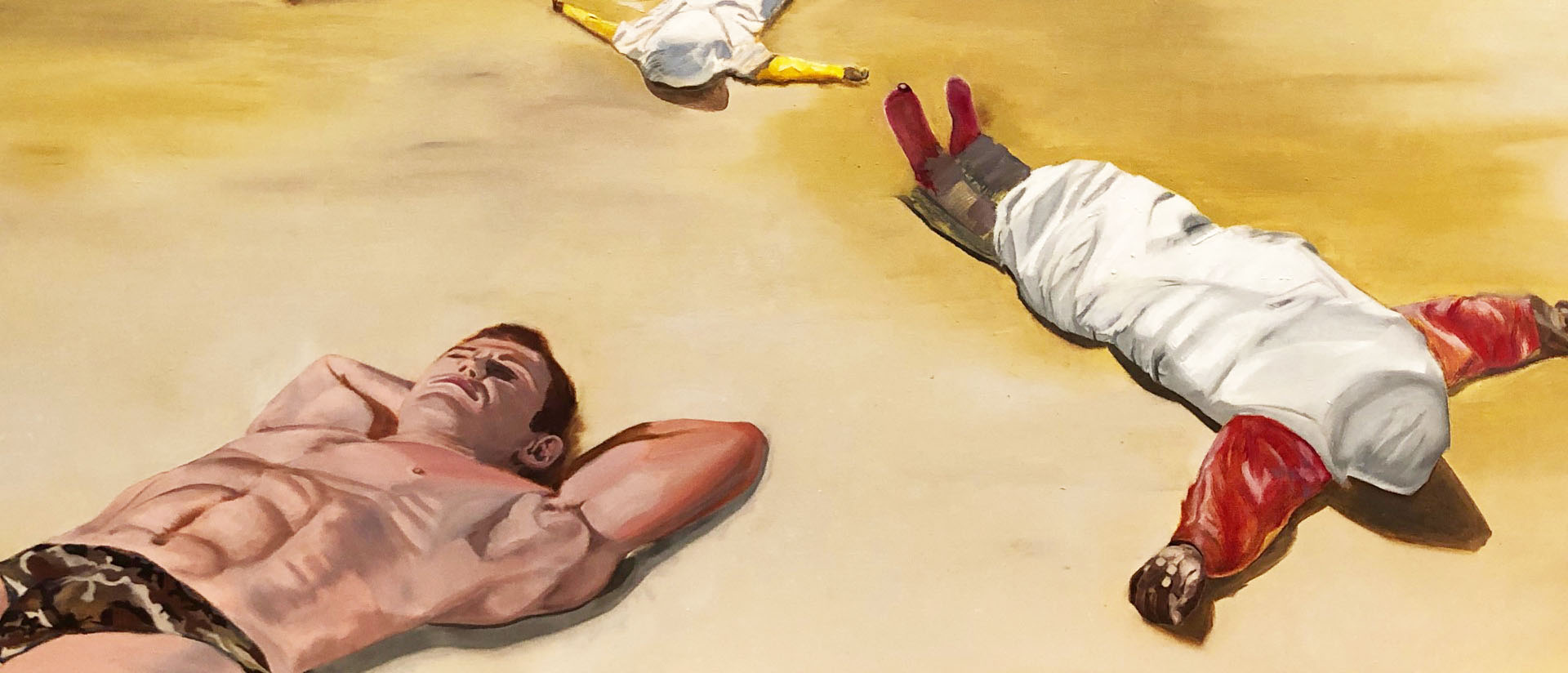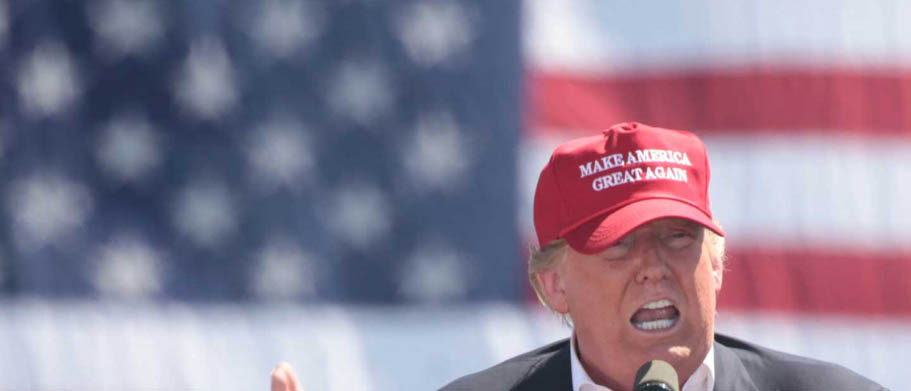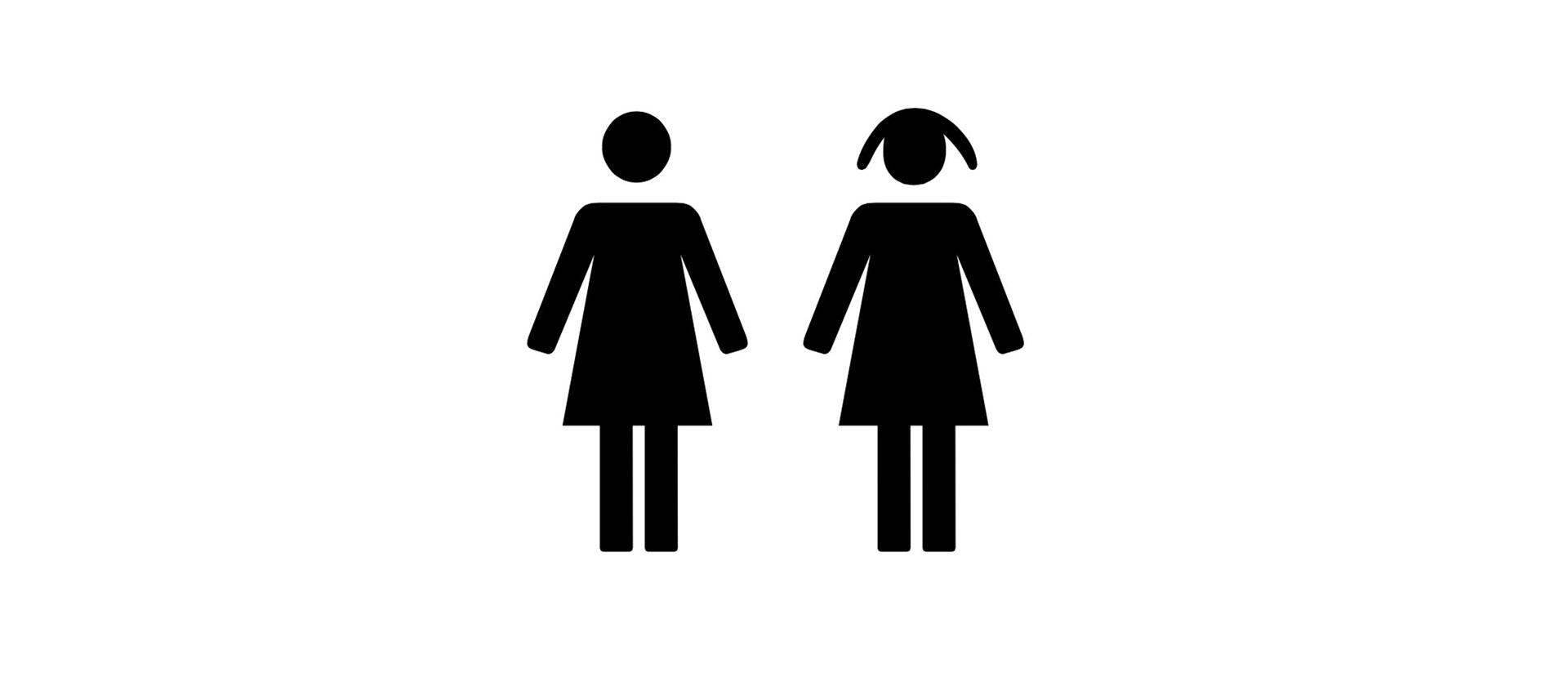
Rethinking Capitalization
The ups and downs of racial identity
by Nell Irvin Painter
So momentous, so dark yet hopeful, these times have turned our world upside down.
Police brutality brought into the light. Masses in the streets confronting American history, toppling the Confederacy after years—decades—of well-mannered but vain protest. We are left to grapple with the conventions of American public life.
Restructuring policing in ways that matter will take months, years—and many more Confederate monuments remain standing than have come down. But one change has been implemented quickly: translating this social upheaval into print has suddenly and all but unanimously restored a capital “B” to “Black.” I say “restored,” because that capital “B” appeared in the 1970s. I used it myself. Then copyeditors, uncomfortable with both the odd combination of uppercase “Black” and lowercase “white” and the unfamiliar, bumpy “Black and White,” took off both capital letters. In one of many turns in the history of racial capitalization, “Black” returned to “black.” There’s a history to issues of capitalization.
“Spell It with a Capital,” exhorted the Chicago Conservator in 1878. This pioneering Black weekly newspaper was founded by Ferdinand Lee Barnett, the husband of the crusading anti-lynching journalist Ida B. Wells. For the Conservator, as for journalists in the succeeding half century, the letter in question was “N,” for “Negro,” the then progressive name for Americans of African descent. As part of an extensive letter-writing campaign, W.E.B. Du Bois asked the New York Times in 1926 to capitalize “Negro” because the lower-case “N” inflicted “a personal insult.” The Times refused, although the New Republic had agreed years earlier. By 1930, all Black and several important White newspapers, including the New York World, New York Herald Tribune, Chicago Tribune, and New York Times, had adopted the capital “N.” Capital-N “Negro” was standard usage by the 1950s.
In the 1960s, “Black,” formerly considered derogatory, gained acceptance as a sign of race pride, thanks to Malcolm X, the Nation of Islam, and Black Power coming out of the Civil Rights movement. In the 1970s, capital “B Black” emerged in Black writing, sometimes but not always along with a corresponding capital “W White.” In 1988, the Reverend Jesse Jackson, presidential candidate, changed names once again, deeming “African American” to be the correct terminology. The new phrase was accepted, with both adjectives in its phrasing conveniently capitalized. African American—at first with a hyphen, then without—went well with Asian American, Native American, and Hispanic, then Latino and Latinx, all capitalized.
Are people from Algeria, Iraq, and South Asia bBrown? “Brown” presents an exaggerated case of the universal imprecision of racial terminology.
By the early twenty-first century, “African American” was no longer working so smoothly, as African immigrants and their children became a sort of African African Americans. Black returned as a more inclusive term with the added attraction of roots in Black Power and James Brown’s “Black + proud.”
In the wake of massive George Floyd and Black Lives Matter protests, Black people and their allies now regard capitalizing “Black” as a badge of honor. By mid-June 2020, prominent newspapers and journalists’ associations were embracing the capital “B.” Even Fox News has joined the crowd. The most common motive for change was summed up as respect. As I started thinking about racial capitalization, I asked my multiracial, multiethnic Facebook friends for their views. They variously mentioned cultural identity, pride, and a shared “ethnicity,” meaning Black American ethnicity, skipping over the various cultural backgrounds of Black people from around the Western Hemisphere and beyond. The case for capitalizing “Black” seemed obvious, whether as an ethnicity (a minority view) or a racial designation.
What about “wWhite”? Perhaps the lowercase “w” for “White” mainly signals an unwillingness to poke the fiery hornet’s nest of White nationalism.
Which raises the question of capitalization for the other two currently recognized racial groups: “bBrown” and “wWhite.”
I sense little sentiment for capitalizing “bBrown.” As a demographic category, bBrown is scattered geographically, ethnically, and taxonomically. The US census considers Hispanics/Latinos an ethnicity rather than a racial group, pointing once again to the unwieldiness of trying to enumerate people according to concepts lacking clear boundaries like congressional districts, household wealth, or life expectancy. Do people from Latin America—Brazil, Mexico, El Salvador—go together in one category? Are people from Algeria, Iraq, and South Asia bBrown? “Brown” presents an exaggerated case of the universal imprecision of racial terminology. The Hispanic/Latino category, whose roots lie in the 1965 Immigration and Nationality Act, lacks the historical and emotional depth of Black, the subject of exhausting attention for some three hundred plus years. For now, the media seem to have settled on lower-case “b” for “brown.”
So what about “wWhite”? Perhaps the lowercase “w” for “White” mainly signals an unwillingness to poke the fiery hornet’s nest of the White nationalism of people like the Charleston church assassin, who capitalized “White.” Besides, says the New York Times, White “doesn’t represent a shared culture and history in the way Black does.” The Washington Post continues to deliberate racial capitalization.
When I compare the cultural, intellectual, and historical heft of the three categories, Black comes out well ahead of the other two. We have whole libraries of books and articles about Blackness, world-beating traditions of Black music and literature, even entire academic departments thirty to fifty years old specializing in African American/Black studies. Compared to Blackness, Whiteness and brownness are severely under-theorized. Facebook Friends’ lower casing of “white” and “brown” seems to prevail, at least for now. For a while, I inclined toward the new formula: capital “B” for “Black”; lowercase “w” for “white”; lowercase “b” for “brown,” but with serious reservations.
The National Association of Black Journalists prompted my first reservation. Its June 11, 2020, statement on racial capitalization says, “NAnaBJ also recommends that whenever a color is used to appropriately describe race then it should be capitalized, including White and Brown.” This recommendation from the leading organization representing Black journalists gave me pause.
A second reservation arose as I considered the asymmetry of racial identities of Blackness and Whiteness that function differently in American history and culture. These two identities don’t simply mirror one another, for one works through a very pronounced group identity; the other more often is lived as unraced individuality. However much you may see yourself as an individual, if you’re Black, you also have to contend with other people’s views. This is what Du Bois summed up as “twoness,” as seeing yourself as yourself but also knowing that other people see you as a Black person. You don’t have to be a Black nationalist to see yourself as Black. Until quite recently, however, White Americans rarely saw themselves as raced, as White.
The people who have embraced White as a racial identity have been White nationalists, Ku Klux Klansmen, and their ilk. Thanks to President Trump, White nationalists are more visible than ever in our public spaces. Yet they fail to determine how masses of White people see themselves. In terms of racial identity, White Americans have had the choice of being either something vague—the paltry leavings of Blackness—or as Klansmen, which few have embraced. Those of my Facebook friends who said White should be capitalized were challenging the freedom to consider oneself as an unraced individual rather than subscribing to the preferences of White nationalists. “White” should be capitalized in order to unmask Whiteness as an American racial identity as historically important as Blackness. No longer should White people be allowed the comfort of racial invisibility; they should have to see themselves as raced. These Facebook friends said being racialized makes White people squirm, so, yes, racialize them with a capital “W.” Make them squirm.
The good that might come from seeing White people squirm aside, persuasive Black scholars who have given the issue careful thought have prompted me in my own rethinking. In June 2020, Kwame Anthony Appiah of New York University said “White” should be capitalized, just as “Black” is capitalized, in order to situate “White” within historically created racial identities that have linked the two terms over the very long run. For intellectual clarity, what applies to one should apply to the other.
More emphatically, Eve L. Ewing, a poet and sociologist of education at the University of Chicago, recently started capitalizing “White” in order to emphasize the presence of Whiteness as a racial identity: “Whiteness,” she says, “is not only an absence.” For Ewing, the capital “W” stresses White as a powerful racial category whose privileges must always remain in sight. As an example, she compares the fate of the McCloskeys in Saint Louis, who pointed loaded firearms at peaceful protesters facing the lightest of legal consequences, with that of young Tamir Rice, playing with a toy gun in Cleveland, who lost his life. Ewing may have been thinking of James Baldwin, who said at Wayne State University in 1980, “White is a metaphor for power.” The capital letter can underscore the existence of an unjust racial power imbalance.
One way of remaking race is through spelling—using or not using capital letters. A more potent way is through behavior.
In the thinking of Appiah, Ewing, and my Facebook friends, Whiteness is less saliently linked to White nationalism than to racial neutrality or absence. Their reasons for capitalizing “White” are quite separate from White nationalism. We should capitalize “White” to situate Whiteness within the American ideology of race, within which Black, but not White, has been hyper-visible as a group identity. Both identities are products of the American ideology of race. One way of remaking race is through spelling—using or not using capital letters. A more potent way is through behavior. Capital letters can remind us all of being a part of the American ideology of race, and for this reason I have now come around to capitalizing all our races, Black, Brown, and White. Spelling may not change the world, but it signals a willingness to try.
From I Just Keep Talking: A Life in Essays, by Nell Irvin Painter. Reprinted by permission of Doubleday, an imprint of the Knopf Doubleday Publishing Group, a division of Penguin Random House LLC. Copyright © 2024
by Nell Irvin Painter.
This article appears in the 2024-25 Berlin Journal (38).

